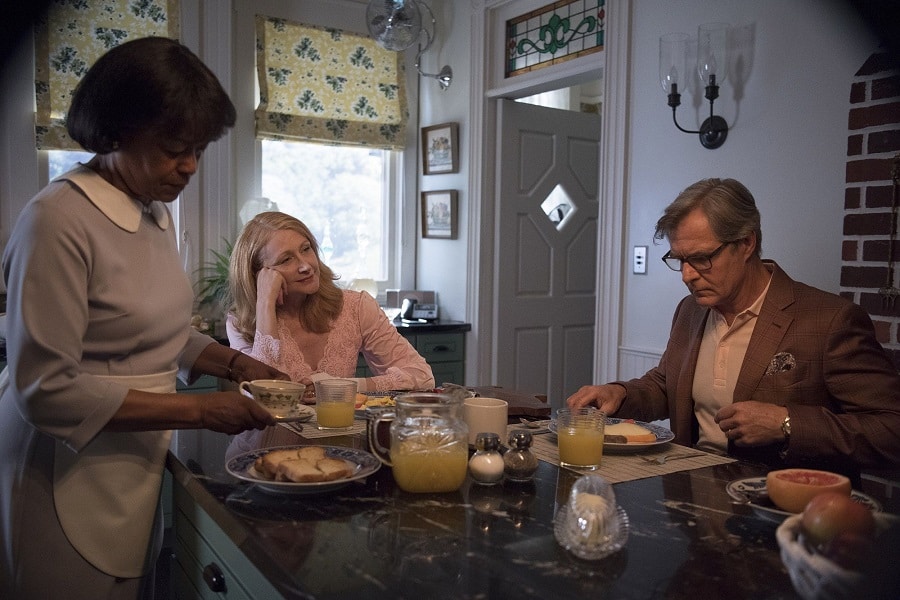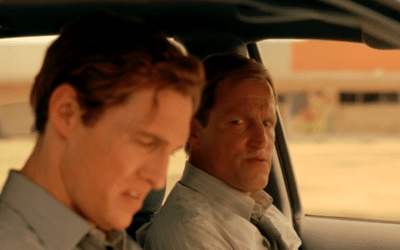
From Faulkner to Flynn
In the realm of literary mysteries and thrillers, a transformation has unfolded over the decades, marked by the unveiling of shadows from the heart of the South. This narrative journey takes us from the heavy ambiances of Faulkner’s writings to the twisted modernity of Gillian Flynn, exploring a spectrum known as Southern Noir.
William Faulkner, a figurehead of Southern literature, planted the seeds of Southern Noir with his intricate narratives set against the backdrop of the American South. His works, laden with atmospheric darkness, often dabbled in themes of decay, societal disintegration, and the existential quest. One could say the brooding landscape of Yoknapatawpha County resonated with the hidden turpitudes and secrets of its inhabitants, setting a tone of mystery and tension which later Southern Noir authors would follow and elaborate.
The air in Faulkner’s novels is thick with atmospheric elements, depicting a world where man and his sin are as inseparable as the shadows clinging to the dense foliage of the Southern woods. The profound intensity of his novels, such as “Light in August” and “The Sound and the Fury”, create a template, exploring the complex fabric of human nature and societal decay amidst the mystic and, often, hauntingly beautiful Southern setting.
However, the Southern Noir universe stretches far beyond Faulkner’s paradigm. Authors such as James Lee Burke have taken the dense ambiance and moral exploration and given them a modern twist. Burke’s Dave Robicheaux series sets a new stage, where the damp, labyrinthine waterways of Louisiana serve as a playground for mystery, corruption, and crime. This series, adapted into films like “Heaven’s Prisoners”, starring Alec Baldwin, blends visual representation with lyrical prose, expanding the genre’s reach.
But what is Southern Noir without the gruesome charm and mystique of True Detective’s first season? A masterpiece of modern television, the series echoes the aesthetic and thematic elements found in Faulkner and Burke’s works, teetering between the surreal and the disturbingly real. Matthew McConaughey’s portrayal of Rust Cohle plumbs the philosophical depths, unwrapping the enigma of human existence and morality within the Southern landscape, once again proving the South’s undeniable allure for the narrative of shadows and mysteries.
The palette of Southern Noir finds another shade with the sharp, cutting works of Gillian Flynn. With “Sharp Objects”, Flynn maneuvers through the twisted bylanes of a small Southern town, Wind Gap, unraveling the dark, hidden secrets beneath the veneer of societal norms. Flynn’s narrative, both in print and the adapted HBO series, embraces the essence of Southern Noir, merging the eccentric charm of the South with layers of psychological depth, exploring the multidimensional aspects of crime and morality.
Flynn’s works carve out a space where the reader, or viewer, is confronted with the juxtaposition of Southern gentility and startling brutality, a distinct feature of Southern Noir. The converging lines between charm and decay, between tradition and modernity, paint a multifaceted picture of the South, where shadows dance in harmony with the tales of the land, highlighting the complexity of human nature.
Adding another nuance to this rich tapestry is the work of Tom Franklin, specifically, “Crooked Letter, Crooked Letter”. Here, the Mississippi setting is not just a passive backdrop but an active entity, imbued with secrets, haunting every step of the characters. The South here becomes a labyrinth of shadows, a melting pot of mysteries and crimes, intertwining human lives with the land’s whispering winds and shifting shadows.
Film adaptations, too, have played a pivotal role in shaping the aesthetic of Southern Noir, entwining visual allure with narrative complexity. The sultry, simmering ambiance of “Midnight in the Garden of Good and Evil”, directed by Clint Eastwood, encapsulates the enigma of the South, weaving a tale of charm, decadence, and moral ambiguity. The film’s portrayal of Savannah, teeming with opulent allure and hidden secrets, resonates with the broader Southern Noir theme, creating a sensory experience imbued with the South’s mystical allure.
Daniel Woodrell’s “Winter’s Bone” throws into relief another aspect of Southern Noir, merging the bleakness of the Ozarks with the relentless pursuit of truth. The stark, raw portrayal of the landscape intermingles with the resilience of the characters, creating a tense, compelling narrative, showcased adeptly in the Jennifer Lawrence-starring film adaptation.
In the journey from Faulkner to Flynn, Southern Noir has evolved, molding itself around the multifaceted character of the South, intertwining the richness of the land with the depth of human emotion, moral ambiguity, and philosophical contemplation. The interplay between haunting landscapes and intricate narratives continues to unfold, echoing the whispers of the trees and the shadows of the past, creating a realm where the Southern air is dense with untold stories and unsolved mysteries.
The evolution of Southern Noir represents not just a chronological progression but a deepening and expansion of thematic explorations. It’s a dance of shadows and light, where the rustic charm of the South waltzes with the haunting echoes of its history, creating a narrative symphony that resonates with the complexities of human existence.
In traversing the realms of Southern Noir, it’s evident that the South, with its enigmatic allure, remains a fertile ground for exploring the shadows of the human soul, from the labyrinthine narratives of Faulkner to the razor-sharp explorations of Flynn. The journey through dense woods, whispering winds, and shifting shadows is an ongoing exploration of the interplay between land and character, mystery and revelation, illuminating the rich, ever-evolving tapestry of Southern Noir.
More Noir Features
The Global Appeal of Noir
Nordic Noir, Southern Noir, and other Noir
Nordic Film Noir
The boundless allure of Nordic Film Noir
The Femme Fatale
The Enigmatic Allure of the Femme Fatale



